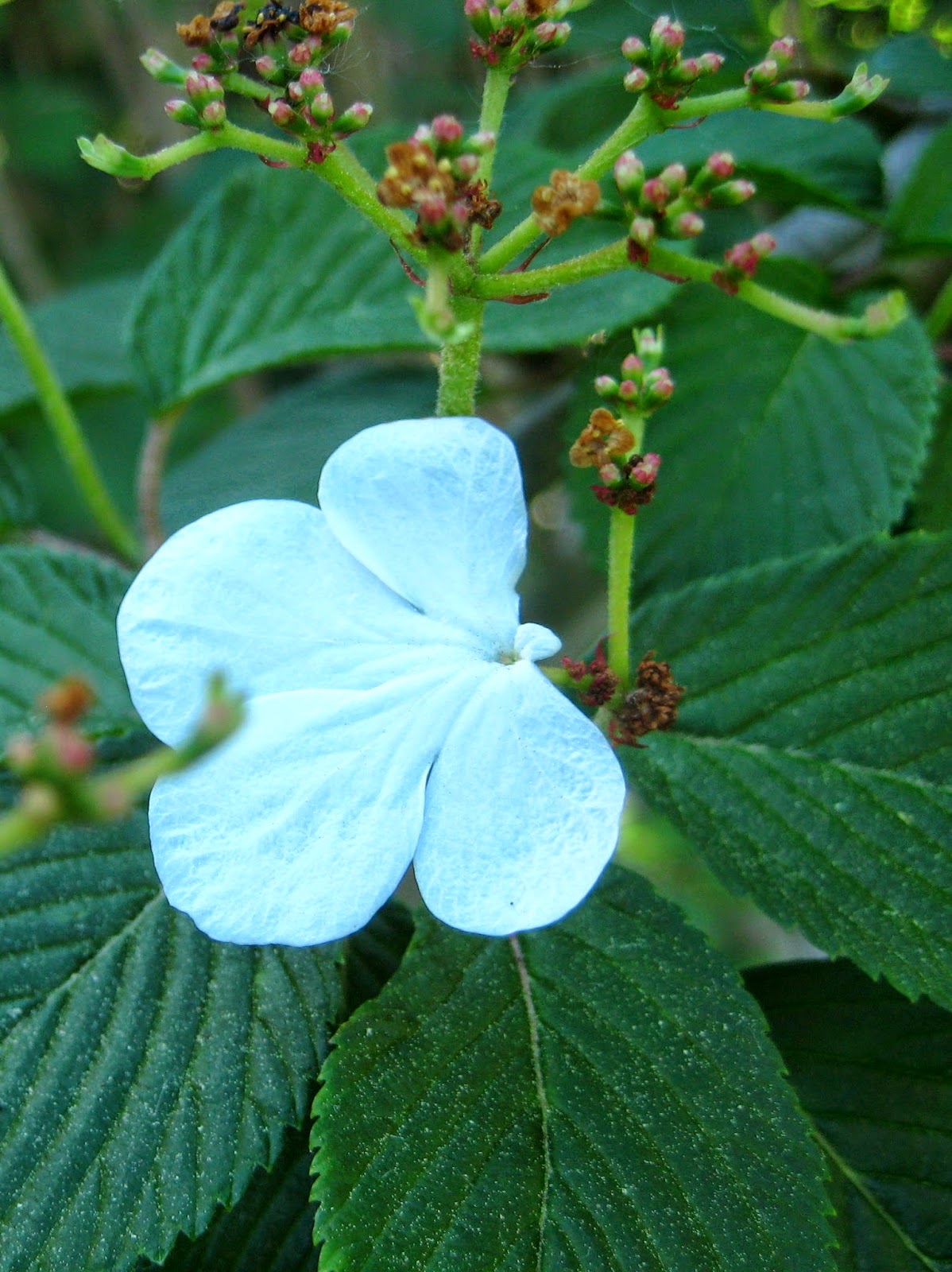So far, the fruit may be late this year but perfectly delectable. My two rhubarb plants are growing like crazy. And, I bought a flat of strawberries at the farm stand last week. That is 8 quarts or 16 pints of strawberries. So far, I made a batch of strawberry freezer jam, a batch of strawberry rhubarb freezer jam, and strawberry shortcake. Besides eating fresh strawberries all day long, I will still have enough to make a fresh strawberry pie, a favorite of mine.
I am anticipating an amazing berry harvest this year and have been digging through my cookbooks to find not only tried and true recipes but a few new ones as well. I will be sure to share my successes here. In the meantime, I thought I would share two recipes that form the foundation for desserts that can be made with virtually any fruit. Fast and easy, I call these recipes Baking Basics for their versatility throughout the year with any fruit harvest.
1 ½ cups unbleached, all-purpose flour
½ cup cornmeal
2 tablespoons granulated sugar
1 tablespoon baking powder
¼ teaspoon table salt
½ cup cold unsalted butter, cubed
1 egg, beaten
½ cup heavy cream
I am anticipating an amazing berry harvest this year and have been digging through my cookbooks to find not only tried and true recipes but a few new ones as well. I will be sure to share my successes here. In the meantime, I thought I would share two recipes that form the foundation for desserts that can be made with virtually any fruit. Fast and easy, I call these recipes Baking Basics for their versatility throughout the year with any fruit harvest.
Cornmeal Shortcake
Cornmeal gives this shortcake a golden color as well as a bit of crunch.
1 ½ cups unbleached, all-purpose flour
½ cup cornmeal
2 tablespoons granulated sugar
1 tablespoon baking powder
¼ teaspoon table salt
½ cup cold unsalted butter, cubed
1 egg, beaten
½ cup heavy cream
- In a mixing bowl, stir together flour, cornmeal, sugar, baking powder, and salt.
- Cut butter into dry ingredients until the mixture resembles coarse crumbs.
- Combine egg and cream, and add to dry ingredients. Stir with a fork until just moistened and dough begins to come together.
- Spread dough in a buttered 8-inch round baking pan.
- Or, roll on a floured surface to a thickness of one inch; cut into 6 to 8 triangles with a knife or rounds with a 3-inch biscuit cutter. Place on a greased baking sheet.
- Bake at 450° F for 15 minutes or until golden brown.
- Cool slightly and remove from pan.
- Split and serve single or doubled with fruit topping and whipped cream or vanilla ice cream.
Oatmeal Shortbread Bars
Substitute any whole grain or nut flour for those listed in these bars shown here with cherries.
1 cup unbleached all-purpose flour
¾ cup oatmeal
½ cup whole wheat pastry flour
½ cup packed brown sugar
½ teaspoon table salt
¾ cup (12 tablespoons) unsalted butter, softened
2 to 3 cups fruit in thickened syrup
1.
Grease an 8-by-8-inch baking pan.
2.
In a medium bowl, combine flours, oatmeal, brown sugar, and
salt. Cut butter into flour mixture, using a pastry blender, two forks, or your
clean hands, until mixture resembles coarse sand.
3.
Press two thirds of mixture into the bottom of
the prepared pan, finishing by pressing firmly and evenly with the bottom of a
drinking glass.
4.
Bake at 350°F for 10 minutes until lightly
browned.
5.
Remove from oven. Top with fruit and spread
evenly over the base. Sprinkle remaining one third of flour mixture over fruit layer.
6.
Bake for an additional 25 to 30 minutes until
bubbly and golden brown.
7.
Remove from oven and cool completely prior to
cutting into squares.
Yield: 16 two-inch square bars























